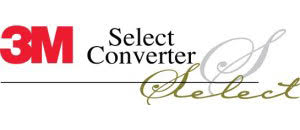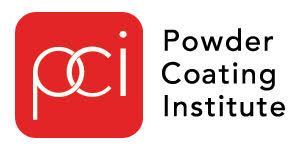Whether it's double-pane glass or triple glazing, commercial glazing systems are those installed in commercial buildings to promote energy saving and reduction in pollution. According to industry research from Grand View Research, the U.S. contract glazing market was currently valued at $7.9 billion in 2019.
Due to a range of influential factors, the glazing industry is projected to grow at a compound annual growth rate of 4.7% from 2020 to 2027. The rising demand for flat glass products across both residential and commercial industries is slated to further augment the growth.
Even so, labor shortages and supply chain issues across the United States are positioned to significantly hinder this growth. Let's take a closer look at the glazing industry, the causes of the labor shortage, and how contractors can leverage strategic partnerships to drive efficient growth.
The Glazing Industry Overview
According to the annual numerical measurement of the health and optimism of the glass and glazing industry — the Contract Glazier Outlook Index — the sector absorbed a substantial hit at the beginning of 2021 primarily due to the pandemic. Specifically, it dropped over 17 points to just above 51. Yet, this drop wasn't significant enough to send the industry into the negative, which is any number less than 50.
Based on this report, the annual sales projections remain mixed for glazing contractors. Entering 2021, nearly half expected an increase in sales for the year while more than 25% were expecting a decrease. And the remaining glazing contractors expect no change for 2021.
While glazing contractors have added employees for the last five years, momentum has moderated in 2020 and into 2021. Everywhere else in the fenestration industry, manufacturers and glass fabricators expect increased sales in 2021 compared to 2020.
This is due to the fact that most saw a significant decrease in demand because of the pandemic's impact on construction-related spending and construction starts. The suppliers of architectural metal and glazing systems are the most pessimistic of all key players in the industry. On the other hand, glass retailers that focus primarily on mirrors, shower enclosures, and residential glass have much higher optimism.
Commercial Construction Positioned to Drive Glazing Industry Growth
The increasing construction of retail stores, office buildings, and hotels across the U.S. is accelerating the demand and need for glazing services. The pipeline for hotel construction has continued to show positive trends over the last few years.
Specifically, hotel construction has experienced significant growth to the tune of a thousand new hotels in 2019. Commercial glazing helps limit the use of energy and pollution by maintaining building temperatures and lowering the use of appliances that can cause pollution, such as heaters, refrigerators, and air conditioners.
According to the Commercial Glazing Market — Global Industry Analysis, Size, Share, Growth, Trends, and Forecasts 2019 – 2027, the key drivers of commercial market growth include:
Outdoor Glazing Set to Boost Commercial Glazing Industry Demand
Another key trend is the increased application of glazing to outdoor environments. Indoor applications include glass floors, acoustic glass, furniture and cladding, mirrors, partitions, and more.
With most indoor applications, glazing helps to maintain building heat and limit heating from the sun. The outdoor segment includes atriums, teller and drive-through windows, solar panels, windows.
Labor Shortages Can Hinder Growth
Labor shortages exist across all industries, including glass and glazing. This is actually a continuing trend. Based on a 2018 report from the Associated General Contractors of America, a sobering 80% of contractors are struggling to find qualified professionals.
As a response, 62% have increased pay to compensate. This labor shortage is a juxtaposition to the projected growth and is causing pressure on employers. According to the 2019 Glass and Glazing Industry Outlook, the lack of qualified, skilled workers was the biggest concern for glazing contractors entering 2019.
Automation Can Help Glaziers Overcome This Hurdle
One way glaziers are looking to overcome this shortage is with the use of advanced software and machinery. At the most recent glasstec and GlassBuild trade shows — two of the largest industry galas in the world — different robotics organizations demonstrated high-tech advancements to help glass manufacturers make the most of their workforce.
Outsourcing Can Help Glaziers Overcome the Labor Shortage
Savvy glaziers are also leveraging strategic partnerships or outsourcing to custom manufacturing firms to overcome labor shortages. While some practices must be completed in-house, functions that can be outsourced can result in significant time, money, and efficiency gains for glaziers.
Contact Frank Lowe for Separator Pads
At Frank Lowe, we have been delivering custom solutions to glazing and fenestration contractors for more than 65 years. We offer an array of solutions designed around your needs, and excellent customer service comes standard with each order.
Contact us today for window separator pads, glass separator pads, and more.






